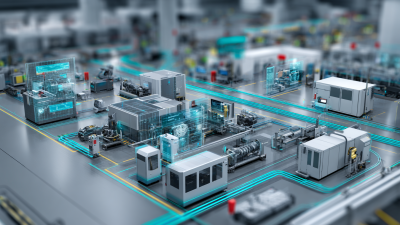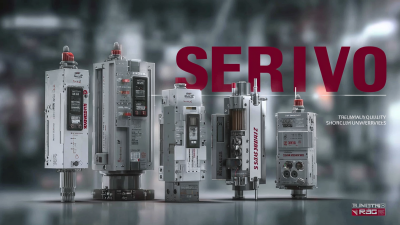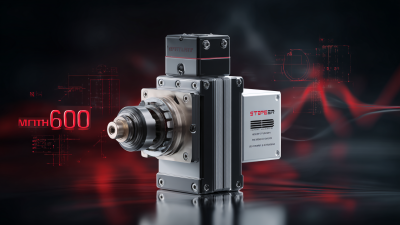
-
Home
-
Products
-
Application
-
Documents
-
News
-
Blog
-
Blog
-
Sinsegye
Leave Your Message
-
Wechat OA

-
 Baijia Hao
Baijia Hao



 Baijia Hao
Baijia Hao

As the global manufacturing landscape evolves, the significance of Servo Drives is set to amplify, particularly at key trade events like the 138th China Import and Export Fair in 2025. According to a recent market report by Research and Markets, the global servo drive market is projected to reach USD 11.97 billion by 2026, growing at a CAGR of 6.2% from 2021 to 2026. This growth is primarily driven by the increasing demand for automation in industries such as robotics, packaging, and CNC machinery.

At this pivotal event, manufacturers, suppliers, and industry experts will converge to explore the latest advancements and innovations in Servo Drives, highlighting their critical role in enhancing operational efficiency and precision in automated systems. Attendees can expect discussions around emerging technologies, market trends, and sustainability practices within the servo drive sector, setting the stage for future developments in this dynamic industry.
The upcoming 2025 China Import and Export Fair will showcase the transformative potential of emerging servo drive technologies in manufacturing efficiency. As industries around the globe pivot towards greater sustainability and productivity, the energy-efficient motor market is set to expand from $54.60 billion in 2025 to an astounding $80.86 billion by 2032, reflecting a compound annual growth rate (CAGR) of 5.77%. This growth indicates a significant shift towards leveraging advanced technologies that enhance operational effectiveness while reducing energy consumption.
Emerging systems, particularly within the realm of Industry 4.0, are playing a pivotal role in this transformation. The integration of smart technologies, such as the Internet of Things (IoT), is enabling manufacturers to monitor and optimize processes in real time. This comprehensive approach not only boosts manufacturing efficiency but also helps address the challenges of sustainability in solid waste management systems. By focusing on optimizing resources and implementing innovative practices, industries are making strides towards a greener future, ultimately leading to a substantial reduction in their environmental footprint.
The global servo drive market is undergoing significant transformations as it aligns with the broader trends in industrial automation. Expected to surge from $205.86 billion in 2022 to $395.09 billion by 2029, with a compound annual growth rate of 9.8%, this market reflects the increasing demand for precise motion control and enhanced efficiency in manufacturing processes. As industries continue to embrace automation, the need for advanced servo systems becomes imperative, leading to innovations in technology and expanded applications across various sectors, including automotive, electronics, and packaging.
In particular, the ongoing digitalization and incorporation of smart technologies into industrial operations are pivotal drivers of this growth. Innovations such as IoT integration and AI-powered analytics are enabling more intelligent and adaptive servo drives. These advancements promise not only higher performance and reliability but also cost efficiencies and reduced operational downtime. As stakeholders gather at events like the 2025 China Import and Export Fair, the focus will likely be on showcasing these technological advancements and discussing strategies for harnessing the potential of the evolving servo drive landscape.
| Market Segment | 2023 Market Size (USD Million) | Projected Growth Rate (2024-2025) | Key Application Areas | Technological Innovations |
|---|---|---|---|---|
| Industrial Automation | 4500 | 7.5% | Manufacturing, Robotics | AI Integration, IoT Connectivity |
| Medical Equipment | 1200 | 6.0% | Surgical Robots, Imaging Systems | Miniaturization, Enhanced Precision |
| Aerospace & Defense | 900 | 5.5% | Flight Control, Drones | Adaptive Control, Enhanced Reliability |
| Food & Beverage | 700 | 8.0% | Packaging, Processing | Smart Sensors, Automation |
| Transportation | 1100 | 6.9% | Electric Vehicles, Rail Systems | Energy Efficiency, Regenerative Braking |
As the world increasingly prioritizes sustainability, the servo drive industry is poised to respond to evolving market demands and regulatory frameworks. With the projected growth of the paper bags market indicating a broader shift towards sustainable packaging, servo drive solutions are also adapting to align with environmental expectations. Industry stakeholders recognize the necessity of integrating energy-efficient technologies, particularly in motor control systems that minimize energy consumption and reduce waste. This focuses on creating servo drives that not only perform at optimal levels but also comply with sustainability standards.
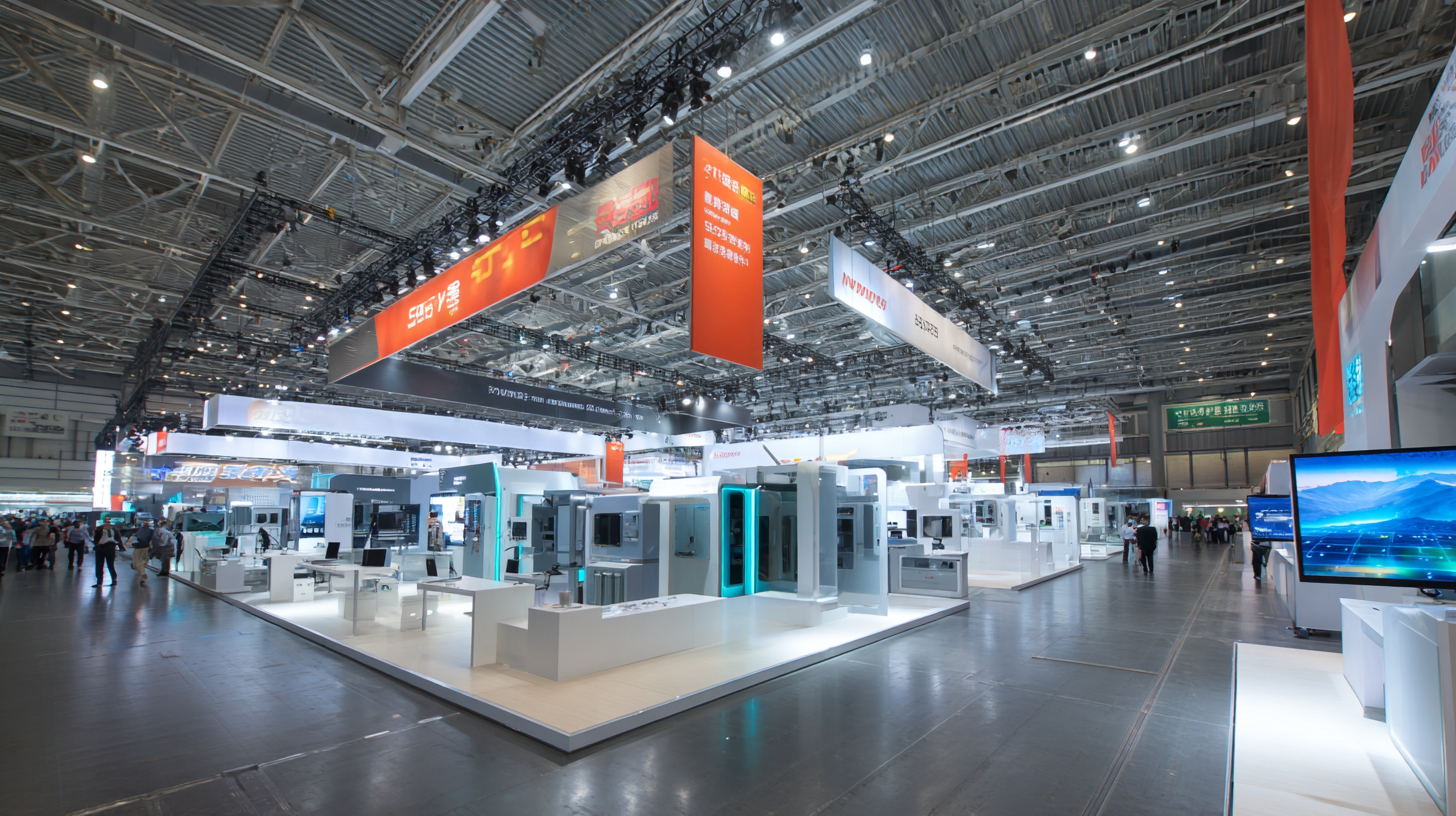
The trends shaping the future of motion control highlight the importance of innovation in servo drive solutions. As businesses seek more precise and efficient motor controls, the push towards sustainable practices becomes evident. Initiatives supporting digitalization in manufacturing are further enhancing the operational efficiency of servo drives, allowing them to meet stringent regulations while delivering high-speed automation capabilities. This evolution paves the way for the servo drive industry's contribution to a greener future, ensuring that technology progresses hand in hand with sustainability imperatives.
The development of Industry 4.0 has ushered in a new era of automation and smart integration, where servo drives play a pivotal role. According to a recent report by MarketsandMarkets, the global servo motor and drive market is projected to reach $12.97 billion by 2025, growing at a CAGR of 5.3% from 2020. This growth is primarily driven by the increasing demand for automation across various industries, as companies seek to enhance operational efficiency and minimize production costs through advanced technologies.
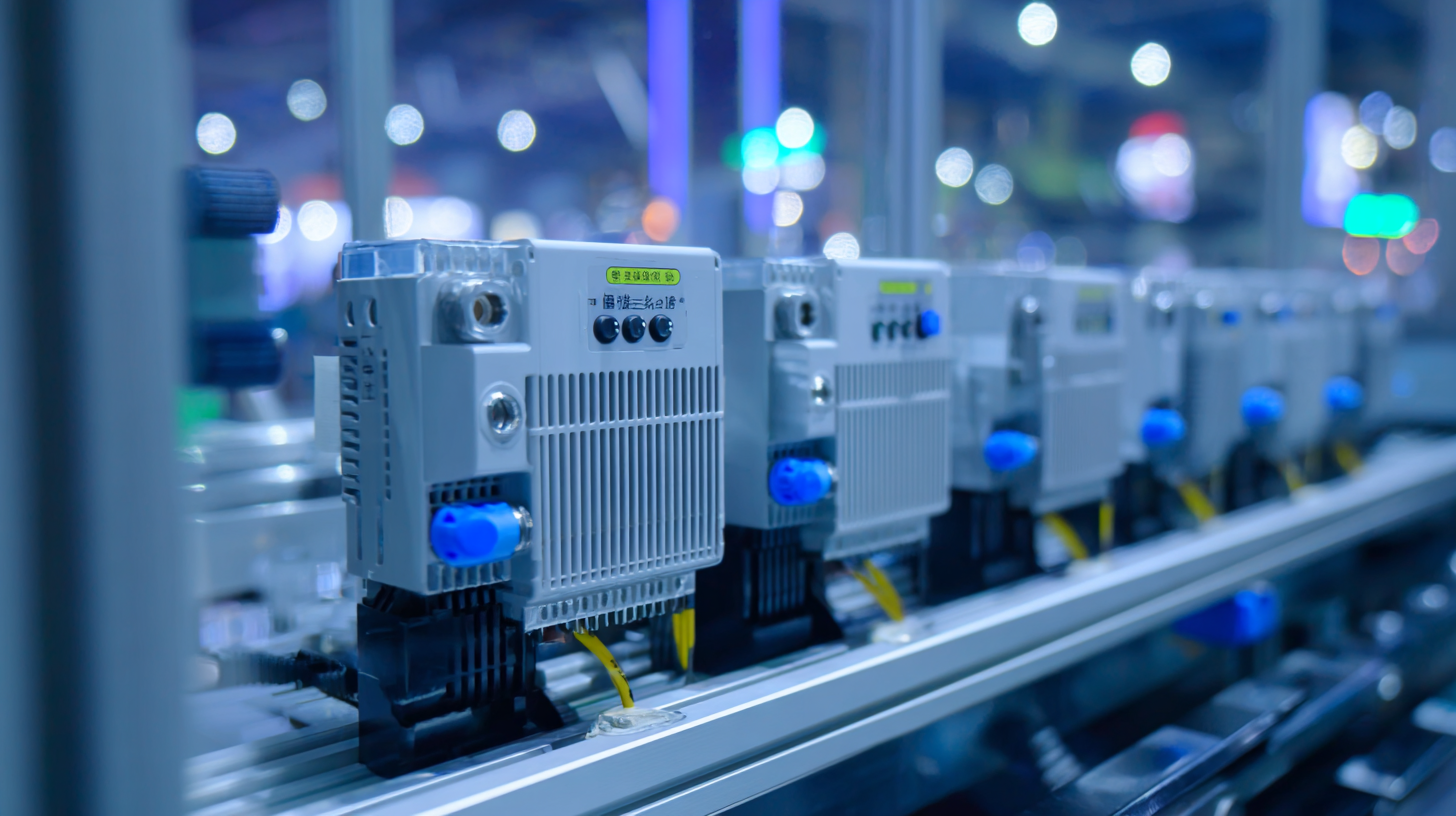
Servo drives, integral to automation systems, provide precise control of motion, enabling manufacturers to achieve high levels of accuracy and repeatability in their processes. In the context of smart integration, these drives can be seamlessly connected with other smart devices and systems, facilitating real-time data exchange and enabling predictive maintenance. A study from the International Federation of Robotics underscores that 37% of industrial robots installed globally are equipped with servo technology, demonstrating its growing significance in automated manufacturing environments. As we look forward to the 2025 China Import and Export Fair, the spotlight on servo drives will undoubtedly reflect their critical involvement in the future of smart factories and automation solutions worldwide.
The servo drive market is poised for significant growth by 2025, driven by advancements in technology and increasing demand for automation across various industries. Servo drives, known for their precision and efficiency, are becoming integral in sectors such as manufacturing, robotics, and automotive. With the global energy efficient motor market projected to surge from $54.60 billion in 2025 to $80.86 billion by 2032, companies are keen to invest in innovative servo drive solutions that enhance productivity while minimizing energy consumption.
As the market expands, innovations in servo drive applications are expected to play a pivotal role. From enhanced control algorithms to integration with IoT platforms, the future of servo drives will likely be characterized by smarter and more interconnected systems. This evolution will not only improve operational efficiency but also contribute to sustainability efforts within industries, aligning with the growing emphasis on reducing carbon footprints and optimizing energy use. As the 2025 China Import and Export Fair approaches, stakeholders are eager to showcase breakthroughs that will define the next era of servo drive technology.
The following bar chart illustrates the projected market growth of servo drives from 2020 to 2025, highlighting the increasing adoption in various applications such as industrial automation, robotics, and CNC machinery.

